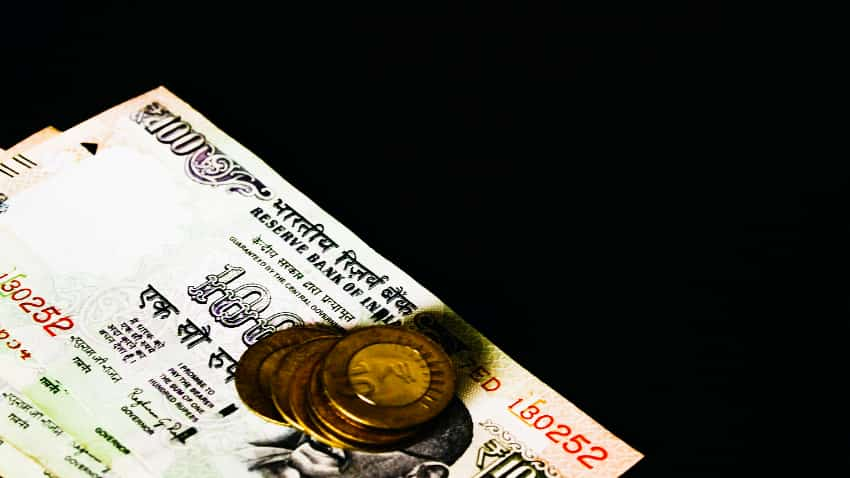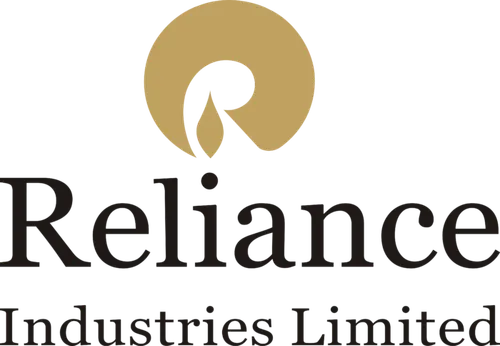Income tax calculations, ITR filing for FY2526: In the new tax regime, tax slabs have been significantly revised. These slabs will be applicable for the income earned in the financial year 2025-26. The slabs that came into effect on April 1, 2025, replaced the slabs that will be applicable for FY 2024-25. With the revised slabs, an income up to Rs 12,00,000 became tax-free for non-salaried individuals. For salaried individuals, the tax-free limit is Rs 75,000 higher because of a standard deduction. But the new tax regime provides many deductions that can make your income tax-free even if it is higher than Rs 12,75,000. Here we describe ways your income of Rs 15 lakh, Rs 17 lakh and Rs 19 lakh can become tax-free.
Income tax slabs in new tax regime
There is nil tax on income till Rs 4 lakh.
A 5 per cent tax is applicable on an income of Rs 4,00,001 to Rs 8,00,000.
Taxpayers will pay a 10 per cent tax on an income of Rs 8,00,001 to Rs 12,00,000.
Tax for an income of Rs 12,00,001 to Rs 16,00,000 is 15 per cent.
Tax for an income of Rs 16,00,001 to Rs 20,00,000 is 20 per cent.
A 25 per cent tax rate is applicable for taxpayers earning an income of Rs 20,00,001 to Rs 24,00,000.
The maximum tax limit is 30 per cent on an annual income of more than Rs 24,00,000.
Rs 12 lakh tax-free income
You can see that as per tax slabs, one needs to pay a Rs 60,000 tax on an income of Rs 12,00,000.
But then why are we saying that there is no tax on income up to Rs 12 lakh?
It’s because a taxpayer will get a maximum tax rebate of Rs 60,000 on this income.
Rs 12,75,000 tax-free income for salaried-class individuals
Salaried-class individuals will also get a standard deduction of Rs 75,000, an option not available to self-employed individuals. With it, the tax-free income limit increases to Rs 12,75,000.
What if income is higher than that?
If income is slightly more than the tax-free limit of Rs 12,75,000, then marginal tax relief will apply to it, where the tax can’t be more than the incremental income.
E.g., if a salaried-class individual is earning Rs 12,90,000, then as per the tax slabs, their tax will be Rs 73,500, but because of marginal tax relief, it will be Rs 15,000 plus education and health cess.
What if income is Rs 14,00,000 or higher?
In such a situation, taxpayers can take the benefit of many deductions available in the new tax regime. We are describing some of them here.
NPS tax benefits in new tax regime
An employee can get a tax benefit on the employer’s contribution to their NPS account.
The maximum benefit in such a case is 14 per cent of the employee’s basic pay and dearness allowance (DA).
E.g., if an employee has a basic pay and DA of Rs 6,00,000, the maximum NPS tax benefit they can claim is Rs 84,000.
EPF tax benefits in new tax regime
A taxpayer can also get a tax benefit on the employer’s EPF contribution.
The maximum tax benefit possible in this case is 12 per cent of the employee’s basic pay and DA.
If an employee has a basic pay of Rs 7,25,000, the maximum EPF tax benefit available is Rs 87,000.
Tax benefit on reimbursements
A salaried-class taxpayer can also get a tax benefit on the flexi component of their salary.
These components can be entertainment, travel, uniform, and stationery reimbursements.
An employee needs to produce original bills to get tax benefits on such expenses.
A tax benefit is available if the taxpayer has already paid taxes on these bills.
Home loan tax benefit in new tax regime
If a taxpayer has taken a loan for a property which they have let out, they can offset losses on the interest paid against the earnings from rent.
The limit to claim such a loss in the form of a tax benefit is Rs 2 lakh.
Calculations for story
We will calculate how your salary income of Rs 15 lakh, Rs 17 lakh, and Rs 19 lakh can become tax-free.
In each case, we will take the basic salary as half of the gross salary.
We will show how you can make it tax-free by claiming different deductions.
How to make Rs 15 lakh salary tax-free
The basic salary on this income is Rs 7,50,000.
The maximum NPS tax benefit on this basic pay can be Rs 1,05,000.
On the EPF front, the maximum tax benefit can be Rs 90,000.
After these deductions, the taxable income will be Rs 13,05,000.
If one has flexi components worth Rs 30,000 in their salary, the taxable income will be Rs 12,75,00, which will be tax-free after a standard deduction of Rs 75,000 and a rebate of Rs 60,000.
Gross salary- Rs 15,00,000
Basic salary- Rs 7,50,000
NPS contribution- Rs 1,05,000
EPF contribution- Rs 90,000
Flexi pay- Rs 30,000
How to make Rs 17 lakh salary tax-free
We are assuming that at this gross salary, the basic salary will be Rs 8,50,000.
If one has a 14 per cent NPS benefit, it is Rs 1,19,000, and a 12 per cent EPF benefit on this basic pay will be Rs 1,02,000.
The total of both benefits will be Rs 2,21,000.
After these deductions, the taxable income will be Rs 14,79,000.
If one gets flexi components worth 12 per cent of the gross salary, they will be worth Rs 2,04,000, and the taxable income will be reduced to Rs 12,75,000, which will be tax-free after a standard deduction and a rebate.
Gross salary- Rs 17,00,000
Basic salary- Rs 8,50,000
NPS contribution- Rs 1,19,000
EPF contribution- Rs 1,02,000
Travel allowance- Rs 1,04,000
Entertainment allowance- Rs 40,000
Book and periodicals allowance- Rs 30,000
Uniform allowance- Rs 30,000
How to make Rs 19 lakh salary tax-free
We are assuming that the basic pay of the employee is Rs 9,50,000. At a 14 per cent of the basic pay and GA, the maximum NPS benefit on this salary will be Rs 1,33,000.
On the other hand, the maximum EPF tax benefit will be Rs 1,14,000.
The sum of both is Rs 2,47,000.
The taxable income after these deductions will become Rs 16,53,000.
If you have 14 per cent of your gross salary as the flexi component, the deductible amount will be Rs 2,66,000.
After this deduction, the taxable income will become Rs 13,87,000.
If you have taken a home loan for let-out property, where you are paying Rs 2.50 lakh interest in a financial year against the rent of Rs 1.35 lakh, you can further claim a tax deduction of Rs 1,15,000.
After taking this tax benefit, the taxable income will become Rs 12,72,000. After taking the benefit of a standard deduction and the tax rebate, the income will become tax-free.
Gross salary- Rs 19,00,000
Basic salary- Rs 9,50,000
NPS contribution- Rs 1,33,000
EPF contribution- Rs 1,14,000
Travel allowance- Rs 1,16,000
Entertainment allowance- Rs 50,000
Book and periodicals allowance- Rs 50,000
Uniform allowance- Rs 50,000
Home loan tax benefit- Rs 1,15,000
(Disclaimer: This is not financial advice. Do your own due diligence or consult an expert for financial planning.)
Anurag Dhole is a seasoned journalist and content writer with a passion for delivering timely, accurate, and engaging stories. With over 8 years of experience in digital media, she covers a wide range of topics—from breaking news and politics to business insights and cultural trends. Jane's writing style blends clarity with depth, aiming to inform and inspire readers in a fast-paced media landscape. When she’s not chasing stories, she’s likely reading investigative features or exploring local cafés for her next writing spot.






